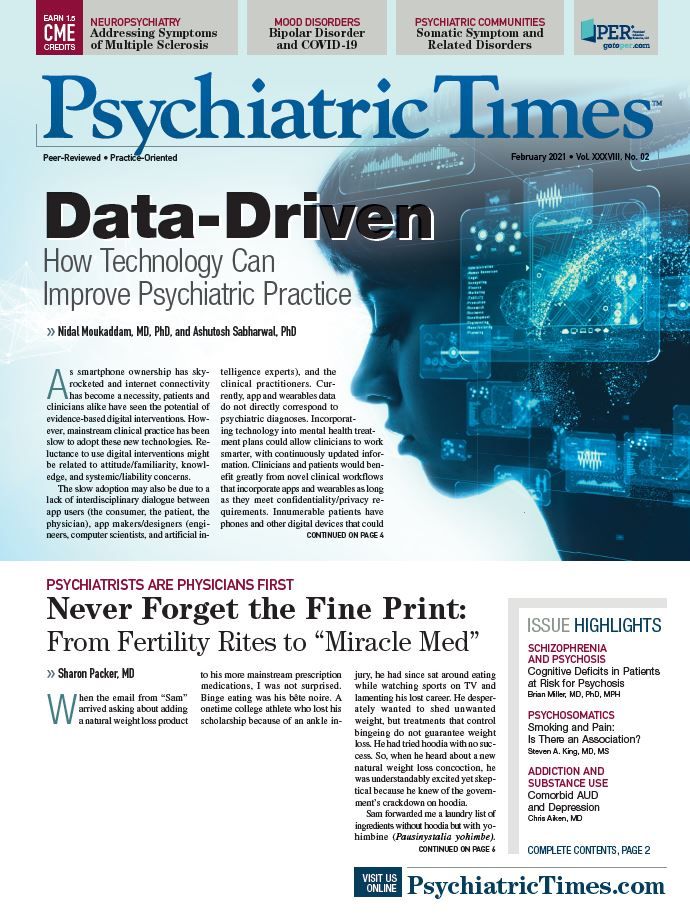Publication
Article
Psychiatric Times
Spike in Health Care Cyber Attacks
Author(s):
In a time of increased telehealth, secure technology is more important than ever.
Racorn/Shutterstock

MEDICAL ECONOMICS
Nefarious characters ramped up their cyber attacks on health care institutions as 2020 came to an end. According to a report from Check Point Software Technologies LTD, there was a 45% increase in cyber attacks targeting global health care organizations from the beginning of November 2020 through the end of the year. This was more than double the increase in cyber attacks across other industries worldwide across the same period. Although the attacks involved a variety of methods, the report found the largest increase in ransomware attacks.
An October alert from the Cybersecurity & Infrastructure Security Agency (CISA), the Federal Bureau of Investigation (FBI), and the Department of Health & Human Services (HHS) said that the agencies had credible information about increased and imminent cybercrime threat to US hospitals and health care providers. These agencies believed the goal was to spread the Ryuk ransomware for financial gain.
Hospital and health systems are an attractive target because patient safety and well-being hang in the balance. In September 2020, Universal Health Services, one of the United States’ largest hospital and health care networks, was a victim of such an attack. Employees believed the attack had the hallmarks of Ryuk, according to Wired magazine. Linked to Russian cybercriminals, Ryuk first appeared in 2018. It has been used to attempt to extort large amounts of ransom from corporations with deep pockets.
The Check Point Report speculated that because these ransomware attacks result in cash windfalls for the hackers, it makes them hungrier for more. Plus, with the world’s health care systems preoccupied with the coronavirus disease 2019 pandemic, the industry has become a prime target.
Check Point provided tips to help prevent ransomware and phishing attacks:
- Look for Trojan infections. Most ransomware attacks start with an initial infection by a Trojan that can occur days or weeks before the ransomware attack.
- Raise your guard on weekends and holidays. Most ransomware attacks occur when information technology and security staff are out of the office.
- Educate employees about malicious emails. Ensuring employees know how to identify and avoid possible ransomware attacks is critical, as many attacks start with a targeted phishing email that does not contain the malware. ❒
READ MORE: https://bit.ly/2L5UhdL






